The rise of the 'super shed' – how to create the ultimate garden annexe
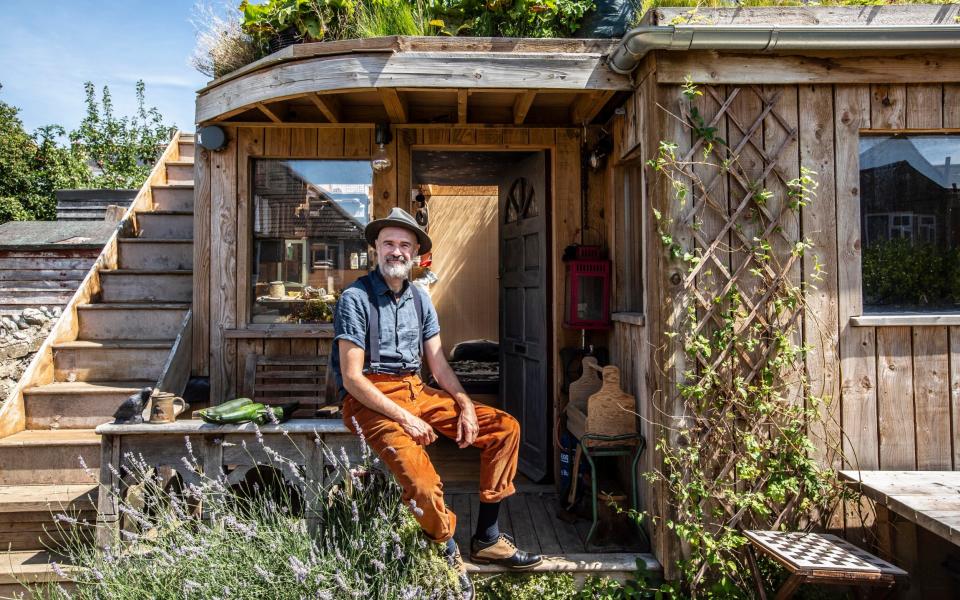
There’s nothing like spending months cooped up in your home to feel as if the walls are closing in. No matter how big your home is, it can still feel too small, especially when multiple members of the family return, others are working from home and the young are homeschooling.
So it’s understandable that this summer, more of us are looking to expand outwards, into our gardens, to create new spaces. We’re seeing the rise of the super shed.
“The whole idea of a shed space is to get you away from the house, where domestication can drag you down, even if just by a couple of steps,” says Joel Bird, winner of Shed of the Year and author of The Book of Shed.
Bird, who also builds bespoke sheds, says that he’s been exceptionally busy since lockdown ended, building spaces destined to be everything from recording studios to home offices (there is a gender divide, Bird says: men “want somewhere for their drum kit and to keep their dreams alive; women often want a place to start a business from”).
It’s nothing new: men have long been retreating to their sheds for a quiet potter, with sheds earning the moniker “man caves”. But now they are not just places to store the lawnmower and an illicit radio to listen to the cricket.
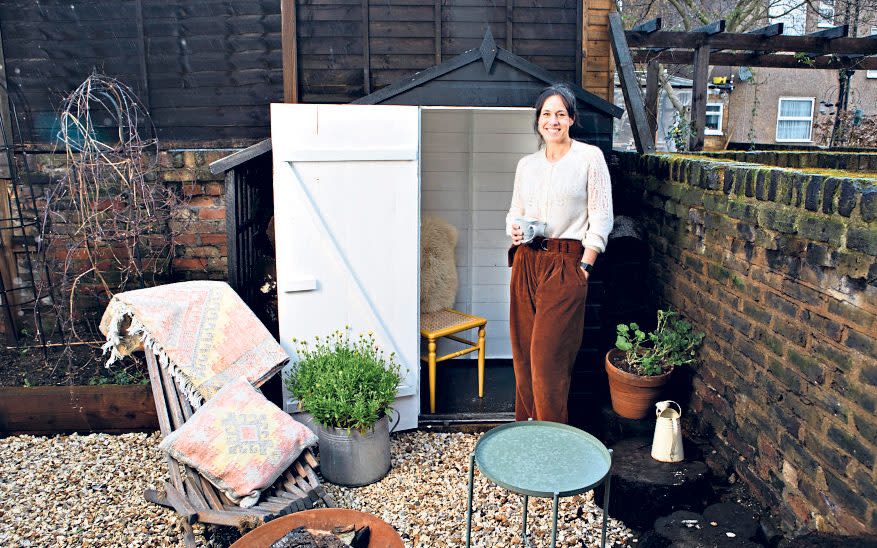
Not only are women keen for their own buildings outside (giving rise to the hideous term “she shed” and worse), but we’re seeing garden rooms, pods, shepherd’s huts and domes pop up in gardens around the country.
Of course, these kinds of structures do raise the philosophical question: when is a shed no longer a shed? Bird sighs. “I get this a lot. My business is called The Shed Builder, but I’ve started calling them ‘wooden buildings’ to avoid getting into this.”
The huge advantages of this new breed of pimped-up shed, over other expansion projects such as loft and basement extensions or side returns, are that it can be constructed in minimal time, with minimal fuss, often without a team of builders and sometimes without planning permission (although it’s always wise to check your local regulations) and often at much less cost.
Some can be craned or wheeled in, meaning that you can have an extra room up and ready to enjoy within a day. Adaptation is another of the super shed’s attractions: it can be a home office or studio space during the day, a playroom or teen den and a guest bedroom at the weekend, and all away from the thrum of the main house.
Hollie Grant, owner of PilatesPT, a Pilates studio in London with an online programme, installed a pop-up transparent pod called a HypeDome in her garden in Oxfordshire over lockdown.
“Since my daughter Freya was born, my office has been turned into her bedroom, and in the last few months I’ve been teaching my online classes from my living room, so the house can feel like a work zone, especially over lockdown,” she says. “I started using the dome for my own private Pilates practice, as a place to escape to.”

It’s not the only thing she uses it for. “Freya’s really mobile and just wants to eat everything in the garden, so I put her in there with some toys while I’m gardening and, because it’s transparent, she can see me,” says Grant. “Or, if the weather is bad, it’s lovely to sit in and have a coffee and listen to the rain. We’ve tested, and the baby monitor reaches out there, so once we start inviting people over for dinner, we’ll be able to have loud dinners without the risk of waking her up!”
As Grant finds, there are deep-rooted psychological benefits to being able to disappear off to a room of one’s own. Several studies have shown that your own designated space can help to regulate your emotions and positively affects your emotional well-being – especially, as many parents find, if that means having five minutes away from someone asking you yet another question or inquiring about a snack.
Architect Ben Allen has recently created a self-build garden annexe because the concept of “a quiet space to get away from the hectic nature of family life is something that really interested me. One of our areas of expertise [as an architectural practice] is health and well-being, and having a quiet space to go and read or listen to music is increasingly important for mental well-being.”
It’s an important consideration – and one that will become increasingly so. Even before the pandemic forced many 20-somethings to scuttle back to the family home from drab university lodging or shared city flats, the number of 20- to 34-year-olds in the UK living at home had increased by a third between 1998 and 2017, according to a report by Civitas.
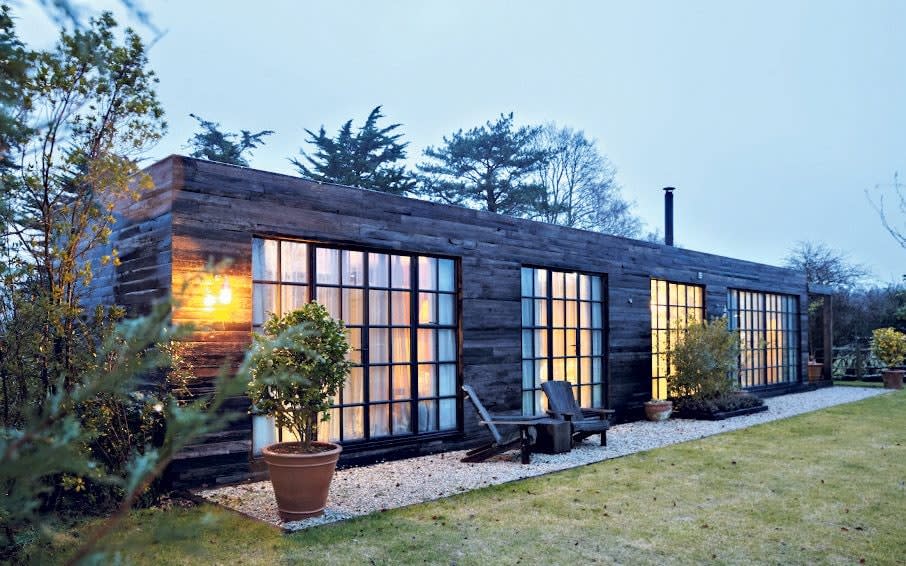
Experts predict that if the trend continues, another 500,000 will have to move back in with their parents in the next decade. Meanwhile, at the opposite end, more seniors are moving back in with their adult children, according to a survey by the University of Oxford. This means shared, intergenerational living is going to become more, not less, common.
In the shorter term, we’re going to be putting up more guests, too. With our summer travel plans restricted – and a desire to reconnect with family – many households are anticipating an influx of people wanting a place to sleep.
“A lot of customers use our products as a guest bedroom rather than permanent living quarters,” agrees Vari Wilson from the firm Garden Retreats. “They like having their children close by, but also like having the alternative of private space.”
Some are looking at the thought of hosting as a business opportunity. Richard Lee, founder of Plankbridge, which makes luxury shepherd’s huts, says summer is always a busy time for the company, but he’s seen enquiries surge by 70 per cent post-lockdown.
One new type of customer is those hoping to set up staycation businesses from their homes, looking to model themselves on some of Plankbridge’s professional hotel clients, including The Pig Hotel Group.
“As we face a summer or two of disrupted foreign travel, we’ve also seen significant inquiries from new ‘glampreneurs’ – customers who want to set up businesses to leverage the often-beautiful locations of their property.” (From £23,400 including VAT and delivery; plankbridge.com).
But part of the point of building a space in your garden is to channel those staycation vibes even closer to home. Katie Lauren, 21, helped her parents and sister transform a shed in their garden in Nottingham into a beach hut, inspired by a trip they took to Cornwall last year.
“We knew that we’d be unlikely to go on holiday this year, so it was the perfect time to do it,” she says. “It took us about six weeks to complete, and we’ve used it so much over the last month or so for afternoon teas, evening drinks and playing games. It’s just such a nice space to have to get away from the house, whether we’re working, relaxing or socialising with each other.”
Spending time in your shed can feel like a little holiday. As well as places for private contemplation, sheds often allow us to “feel closer to the garden and to nature and it allows you to get into a different head space very quickly,” says Bird, who has built an allotment on top of his London garden shed.
It’s something many of us know instinctively but is also backed up by studies of the effects of so-called biophilia, meaning our connection with nature. Harvard researchers found biophilic environments had a larger restorative impact, helping to reduce stress and anxiety compared with less natural spaces.
Most garden annexes naturally incorporate this: Allen’s design blends into the garden with its green shingle cladding and has double doors that can be opened fully during warmer months, so that the building “adapts with the seasons,” he says, while others have large frameless windows, or less insulation so the sounds of the outside travel in.
For Bird, the rise of sheds is a positive thing all round. “I don’t think humans are supposed to be in houses all the time,” he says. “I’m more comfortable in a shed; it lets me be more myself.”
Super shed options
Flat pack or bespoke build, there’s something for everyone.
Flat-pack room

Ben Allen’s octagonal, flat-pack garden room clad in green shingles was designed to be simple enough for self-build assembly and reassembly, coming as a flat-pack kit of parts made from CNC elements that are notched and pre-drilled.
It took 20 days for the client – his brother and sister-in-law – to construct themselves (apart from employing an electrician and spray insulation contractor) and it can be taken down if they move home.
“It gets used for all sorts,” Allen says. It was originally conceived of as a home office, “but it also has a fold-down bed, so can double as a spare room, and the two kids love to use it, particularly when they have friends over.”
Posh sheds
You can buy sheds from your local garden centre, but for a bit more pizzazz, look to the National Trust’s range of Crane Blickling sheds, inspired by outbuildings on the trust’s land in East Anglia and made by craftspeople in Norfolk.
These are gardeners’ sheds with traditional design features, such as vertical sawn boards, corrugated roofing and a choice of attractive colours (£2,699; shop.nationaltrust.org.uk). As an alternative in the same vein, the Gardener modular shed from The Posh Shed Company allows you to configure the shed according to your own needs.
From £970; theposhshedcompany.co.uk.
Eco self-builds
The architectural design practice Studio Bark has created an eco-friendly, modular self-build system, which allows the user full control from design to construction. Once you design your structure on its website, the parts are cut and delivered in days. All pieces are small enough to be carried through a house, and the team can be available for moral support throughout the build.
Joan Keating and her husband built one in their garden in east London over two weeks, originally as a place to do textile projects. “With lockdown, and the return to our almost-empty nest of our grown children, it has become so much more than that.
“On weekdays it does sterling service as a home office, and at the weekend and in the evenings it hosts our three children doing all those things that are better off done with a bit of privacy – online chats with friends, quizzes, music playing. It also served as the site for our eldest son’s final year university exams.”
She says it was “easy to build even for a couple of 50 somethings without construction qualifications. If you can build Ikea flat-pack furniture you can build this – although it will take you a bit longer than an afternoon.”
From £7,800; studiobark.co.uk
Shepherd's huts

David Cameron famously installed a Farrow & Ball-painted shepherd’s hut in his Cotswolds garden to write his memoir – the six-figure book deal would have come in handy as his hut, which was estimated to have cost £25,000, was bought from Red Sky Shepherd’s Huts (from £15,500 ex VAT; redskyshepherdshuts.co.uk). The former prime minister seems to have liked it: he splashed out on a second one for his holiday home in Cornwall.
Richard Lee, founder of Plankbridge, which also makes luxury shepherd’s huts, says there has been a spike in inquiries post-lockdown. “Shepherd’s huts have always offered a degree of flexibility in layout, usage and of course portability, which seems to especially resonate in the current climate.” To accommodate the increased demand, the company have designed new work-from-home layouts.
(From £23,400 including VAT and delivery; plankbridge.com)
Garden rooms
If it’s an extra bedroom that you need – a boomeranging 20-something perhaps, or extended family member coming to stay – a garden room might be a solution to preserving some sanity in the main house. Garden Retreats supplies insulated, weatherproofed and heated structures that can be constructed in one to five days (from £11,745; greenretreats.co.uk).
A sleeker version is Pod, which has won the international Red Dot design award, and features frameless windows, a gliding privacy screen, large sliding doors and an uplit decking area. There is a danger, though: Adam Chew-Tetlaw, who installed one in his garden in Halifax, said that he’s had several people ask if they can move into it.
From £17,980; pod-space.co.uk
Bespoke sheds

Joel Bird started his bespoke shed-building company when he moved to London and needed a studio, so built one himself in his garden.
He won the Shed of the Year competition in 2014 and since then he has made hundreds of sheds for clients, including artists, home workers and those who need extra space. His wood cabins are entirely customisable and have included Georgian-style columns, exterior black wood cladding and Crittall doors.
Prices are between £2,000 and £15,000; theshedbuilder.co.uk.
Log cabins
If you really want to feel like you’re getting away from it all, you can build a deluxe log cabin, complete with separate bedrooms, kitchen and bathroom, in the garden. A one-bedroom log cabin with kitchen diner and shower room, including installation, starts from £30,000, or around £15,000 for a DIY kit from the Chipping Norton-based Real Wood Company (logcabinhome.co.uk).
Keith Saye, founder of the company, says he uses his own log cabin as a home office and playroom. “It’s a great outside space to have, away from the hustle and bustle of the house but still sheltered and usable all year round. Working from home, I’ve tended to spend a large proportion of my life in the cabin and it’s great when the kids come out to do their homework or for some quiet playtime away from family noise.”
Garden pods
The Yrpod, which looks somewhere in between a shepherd’s hut and a summer house, is handmade to order in the UK, meaning the whole thing is customisable. Once on site, it can be constructed in two days and, depending on its size and fit-out, can be used for a range of functions from a private place to sit, read and think, to a home gym or workstation.
From £3,594 including VAT and installation; yrpod.com
Fab pre-fabs

Bert’s Boxes, from the company Bert & May – more famous for its tiles and paints – are British-made studios that come in four sizes, built by expert craftspeople.
The smallest – and newest to the range – measures 3.4m square and 2.5m high, and includes full height Crittal-style metal windows and doors, internal and external wooden cladding, handmade encaustic floor tiles by Bert & May, underfloor heating and optional extras such as a wood-burning stove, pergola and decking.
From £27,000, bertsbox.co.uk
Homely domes
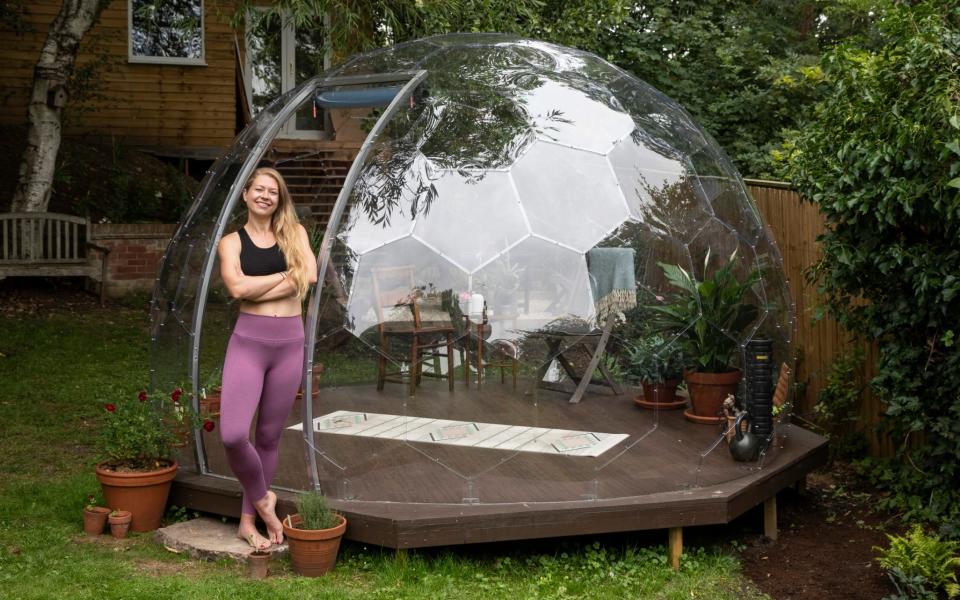
Adam Lyczakowski, founder of HypeDome, says that his domes, which are made from 100 per cent recyclable polycarbonate (200 times stronger than glass), are easy to construct and can sit up to eight adults at a round table, or two sofas and a coffee table.
“But there are plenty of other options for this space, such as glamping or creating a reading nook surrounded by plants,” he says. It can be installed by clients themselves, taken down when not in use and stored easily, and is easy to move house with.
(£3,175; hypedome.com)
How to style your shed
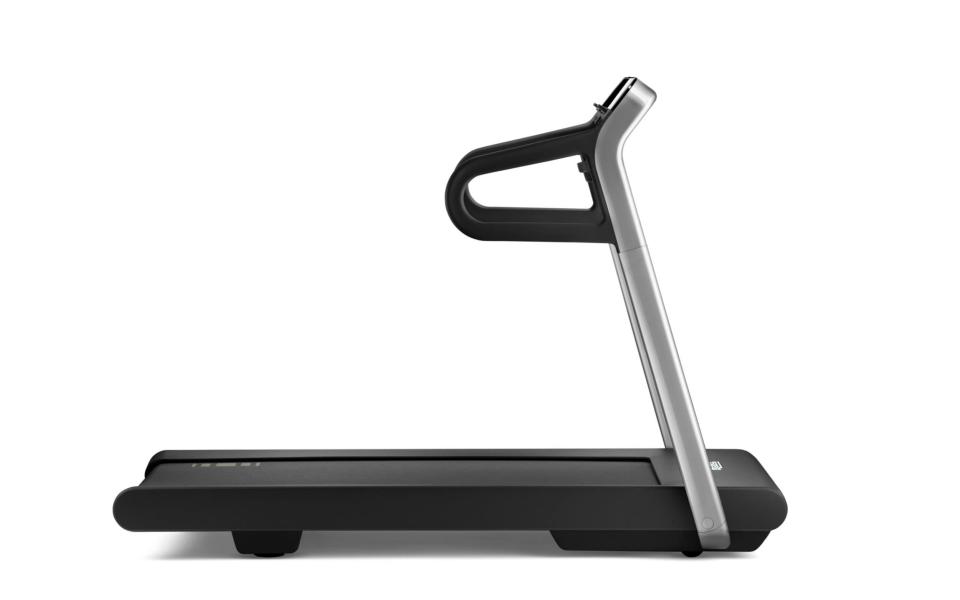
Turn your garden into a gym with the Technogym MYRUN (£3,250, technogym.com)
Natural blue
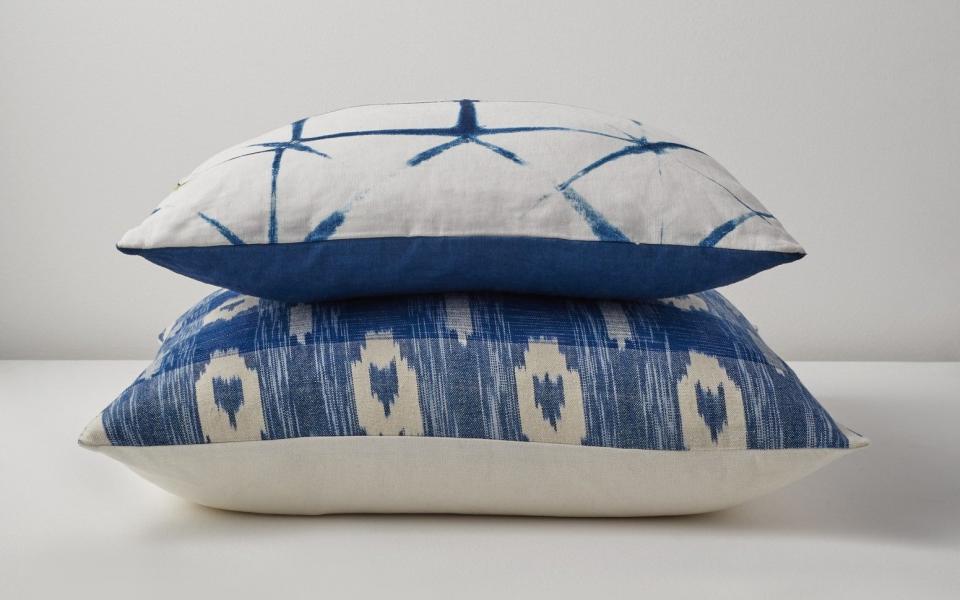
Leaf Shibori cushion cover (£60, toa.st/uk)
On the fringe

Style your chair with an edit58 Michelle Liberty print circular cushion (£100, edit58.com)
(Close to) eternal flame

Use this outside or in with up to 200 hours of burn time, in a reusable, handmade ceramic bowl. (From £125, evermorelondon.com)
Hosts with the most

Kit out your spare bed with luxurious linen, such as the Chelsea collection 200-thread count. (From £16.20, dusk.com)
Make room for two
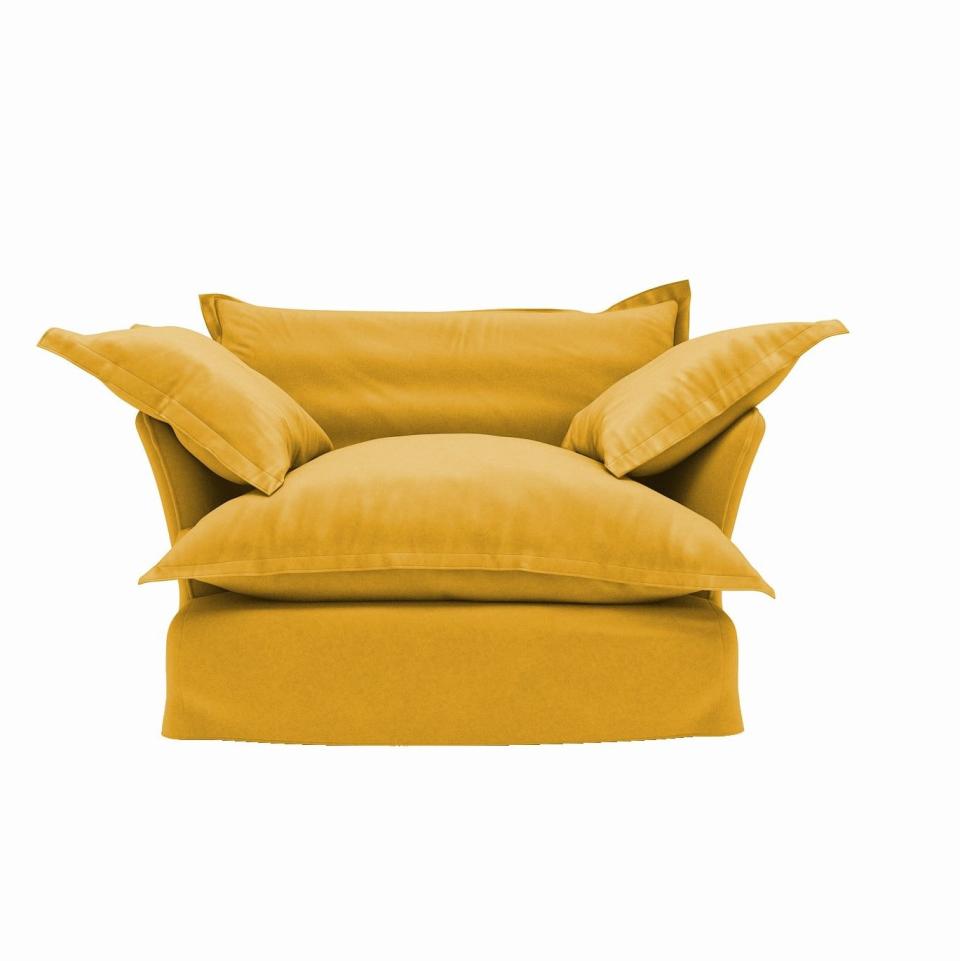
Snuggle up on a Maker & Son Love Seat, made using traditional techniques by local UK craftspeople with only natural materials. (£3,495, makerandson.com)
With a bang

The new Beosound Balance is crafted as the ultimate shelf speaker. (£1,750, bang-olufsen.com/en)
New use

Weaver Green rugs are made from recycled plastic, yet feel like wool. (Andalucia Paloma Rug, from £130; Iris Coral Rug, from £138; weavergreen.com)
Guiding light
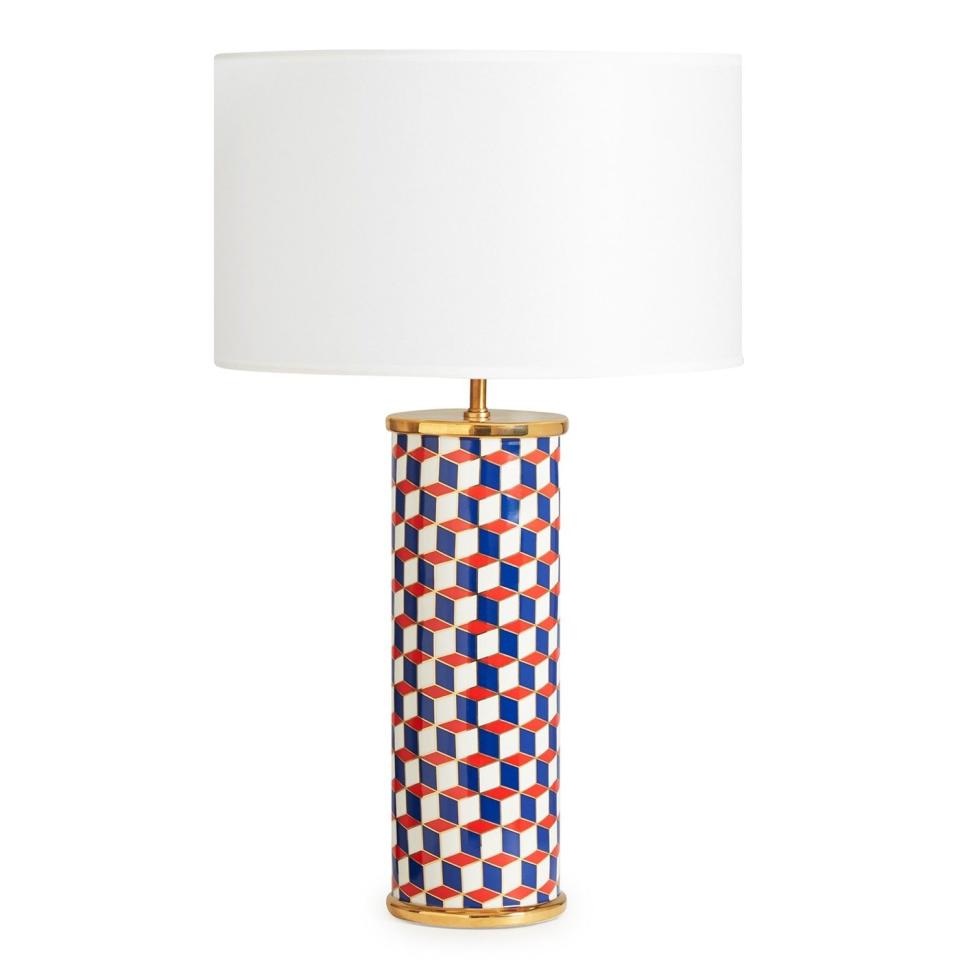
Brighten up your home office with a Carnaby geometric lamp (£495, uk.jonathanadler.com)
Wood to burn

Chesneys’ experts recommend the Milan 4 stove for garden rooms (£1,550-£1,675, chesneys.co.uk)
Drink pink
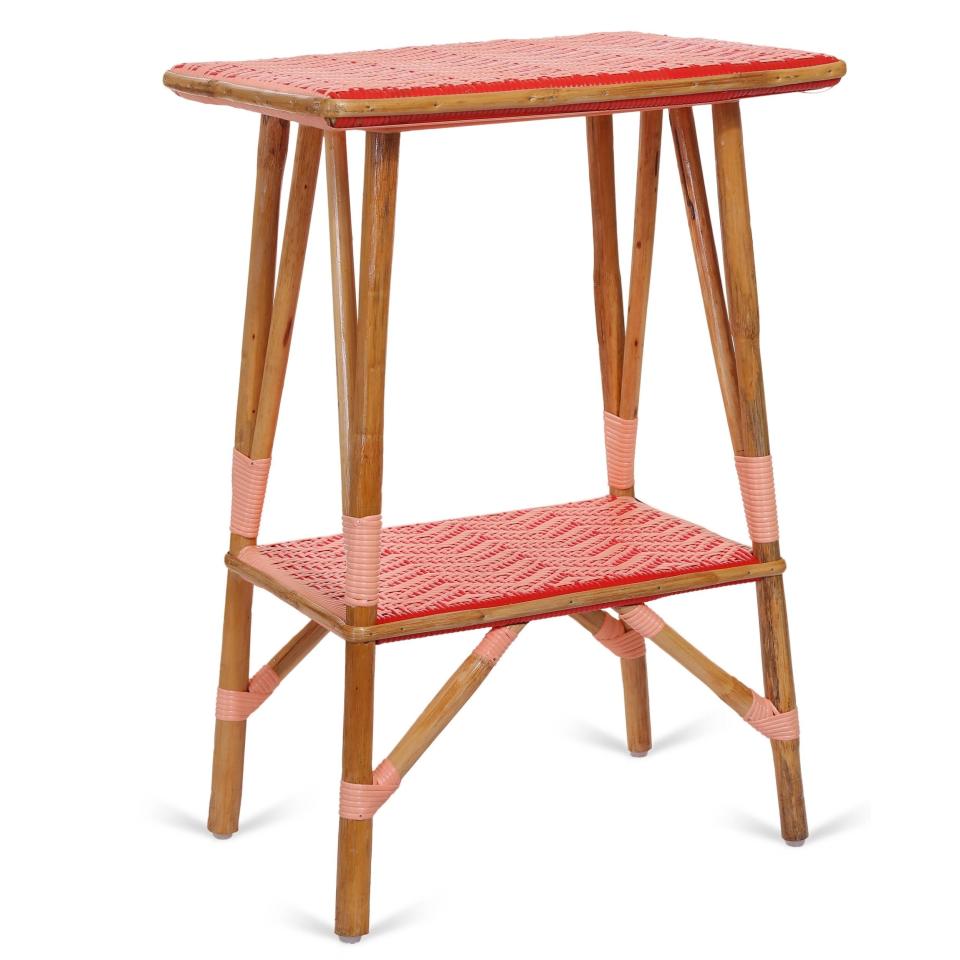
Cocktail hour calls for a Ceraudo’s Toulouse side table in raspberry (£195, ceraudo.com)
In the pan

Outdoor iron pan (£65, toa.st/uk)
Read more: Why I'm longing for some glorious podsolation in a £20k hideaway den

